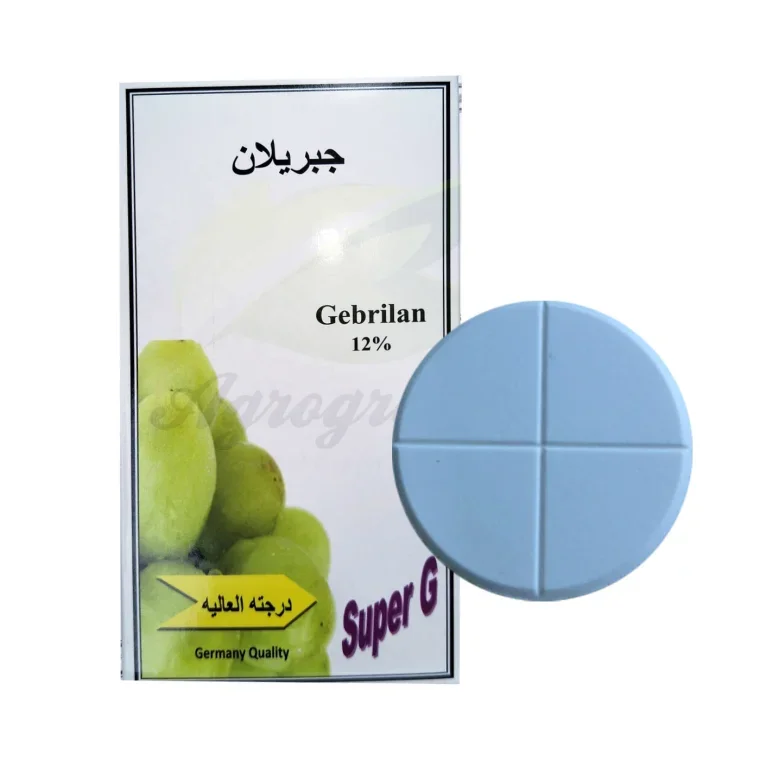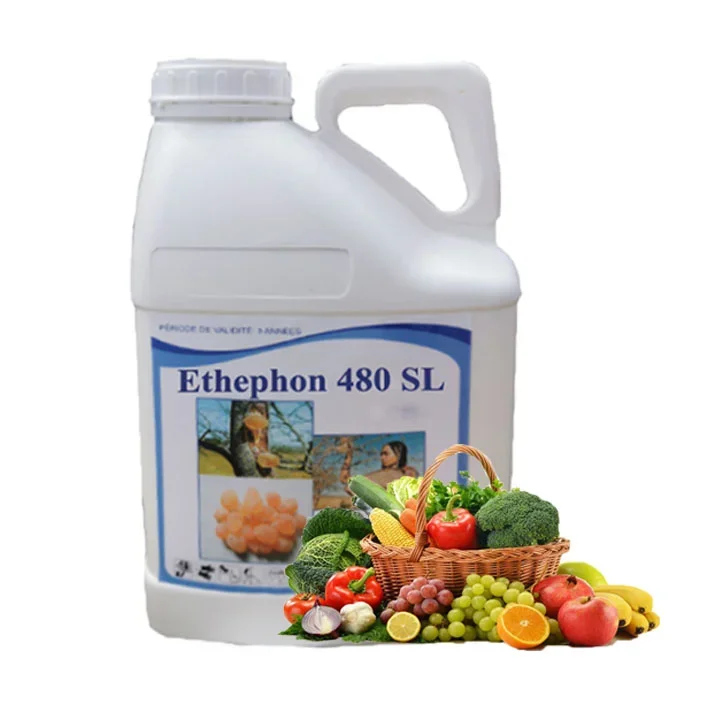In the world of horticulture and agriculture, plant growth regulators play a vital role in influencing the growth and development of plants. These compounds, also known as plant hormones or phytohormones, are naturally occurring or synthetic substances that regulate various physiological processes in plants. In this blog post, we will explore the different types of plant growth regulators, their functions, and their impact on plant growth and development.
The Different Types of PGRs and Their Functions
Plant growth regulators (PGRs) play a crucial role in helping farmers and gardeners achieve the desired growth and development of their plants. There are different types of PGRs available, each with its own unique function.
One common type of PGR is auxins. Auxins promote cell elongation, ensuring that plants grow taller and develop strong stems. They also help to stimulate root formation, making it easier for plants to absorb water and nutrients from the soil.
Gibberellins are another important type of PGR. These hormones regulate various aspects of plant growth, including stem elongation, seed germination, and flowering. Gibberellins can be particularly useful in promoting rapid growth during certain stages of a plant's life cycle.
Cytokinins are PGRs that mainly influence cell division and differentiation. By stimulating cell division, cytokinins help in the overall growth and development of plants. They also play a role in delaying senescence or aging in leaves and fruits.
Another group of PGRs is known as abscisic acid (ABA). ABA helps in regulating various physiological processes such as seed dormancy, stomatal closure during drought stress, and inhibition of shoot growth under unfavorable conditions.
Ethylene is a gaseous hormone that plays multiple roles in plant physiology. It influences fruit ripening by triggering ethylene production within the fruit itself or through exposure to exogenous sources like bananas or apples.
By understanding the different functions of these PGRs, farmers can effectively manipulate plant growth to their advantage - whether they want to enhance crop yields or control specific aspects like flowering time or fruit ripening process without relying on natural environmental cues alone.

Benefits of Using PGRs in Agriculture
Enhancing crop production and improving plant health are key goals for farmers and agriculturalists. This is where Plant Growth Regulators (PGRs) come into play, offering a range of benefits that can revolutionize the way we approach agriculture.
One major advantage of using PGRs is their ability to promote uniform growth in crops. By regulating hormones responsible for plant development, PGRs can ensure that plants grow at a consistent pace, resulting in even heights and larger yields. This uniformity simplifies harvesting processes and maximizes efficiency on the farm.
Another benefit lies in the control over flowering and fruiting. With carefully applied PGRs, farmers can manipulate the timing and intensity of these crucial stages, allowing for improved synchronization during pollination or harvest seasons. This level of control enables better resource allocation within the plant, leading to more robust flower clusters or higher fruit set rates.
PGRs also offer protection against environmental stresses such as drought or extreme temperatures. Through hormone regulation, they can help plants adapt to adverse conditions by conserving water resources or facilitating root growth. This resilience translates into increased crop survivability during challenging periods while maintaining productivity levels.
In addition to their direct impact on crop performance, PGRs also contribute indirectly to sustainable farming practices. Their targeted application reduces the need for excessive chemical inputs like fertilizers or pesticides since healthier plants are naturally more resistant to pests and diseases. Consequently, this decreases environmental pollution while promoting long-term soil fertility.
By harnessing these benefits effectively with proper usage guidelines from experts, farmers can unlock immense potential within their fields. Incorporating Plant Growth Regulators into agricultural practices offers an innovative approach towards optimizing yield quantity and quality without compromising sustainability efforts - a win-win situation for both growers and consumers alike!
How to Use PGRs Effectively
Using plant growth regulators (PGRs) effectively is crucial in maximizing their benefits and achieving desired results. Here are some tips on how to use PGRs effectively:
1. Read the instructions: Before using any PGR, carefully read and understand the product label. It will provide important information on dosage, application methods, timing, and safety precautions.
2. Determine the right stage of growth: Different plants require PGR applications at specific stages of growth. For example, some PGRs are more effective when applied during vegetative growth while others work better during flowering or fruiting stages.
3. Use proper application techniques: Applying PGRs correctly is essential for optimal results. Follow recommended rates and apply evenly to ensure uniform coverage of the plants.
4. Consider environmental factors: Environmental conditions such as temperature, humidity, and sunlight can affect the efficacy of PGRs. Apply them when conditions are favorable for absorption and effectiveness.
5. Monitor plant response: Regularly observe your plants after applying PGRs to assess their response. Look for signs of healthy growth or any adverse effects that may indicate over-application or improper usage.
6. Adjust dosage if needed: If you're not getting the desired effect with a certain dose of a particular PGR, it may be necessary to adjust the dosage accordingly or switch to a different product that better suits your needs.
Remember that using too much or using inappropriate types of PGRs can have negative consequences on plant health and development.
By following these guidelines along with proper research and consultation with experts if needed,you can make informed decisions about utilizing PGRs effectively in your agriculture practices.

Conclusion
The use of plant growth regulators (PGRs) in agriculture offers many benefits to farmers and growers. These substances, whether natural or synthetic, help regulate and control plant growth and development, thereby increasing crop yields, improving product quality, enhancing disease resistance and enhancing stress tolerance.
Different types of PGR have specific functions. Auxin promotes cell elongation and root formation; gibberellin stimulates stem elongation and seed germination; cytokinin regulates cell division and delays senescence; abscisic acid controls dormancy induction and stomata closure; ethylene affects fruit ripening, leaf abscission, and flowering onset. Start waiting.
By using plant genetic resources efficiently, farmers can control plant growth to their advantage. Before applying these substances, it is critical to understand the specific needs of each crop variety. Timing is also important – knowing when to apply plant growth regulators at different stages of growth will ensure the best results.
In conclusion, plant growth regulators are valuable tools in modern agricultural practices. By correctly understanding and applying technology, and using their power responsibly, farmers can maximize crop yields while minimizing resources such as water or pesticide dependence – important for agricultural sustainability goals and a changing world It’s a win-win situation for China’s economic viability. So why not explore the possibilities that PGR brings? Start incorporating them into your farming practices today!
AGROGREAT GROUP is one of the most professional pesticides manufacturers in China. And the products mainly include herbicides,fungicides, insecticides and plant growth regulator. and including the formulation type SL, EC, SC, FS, WP, WDG, CS, SP and so on.
Welcome to contact us or browse our website, and find what you need.
Email:lisa.chen@agrogreat.com








